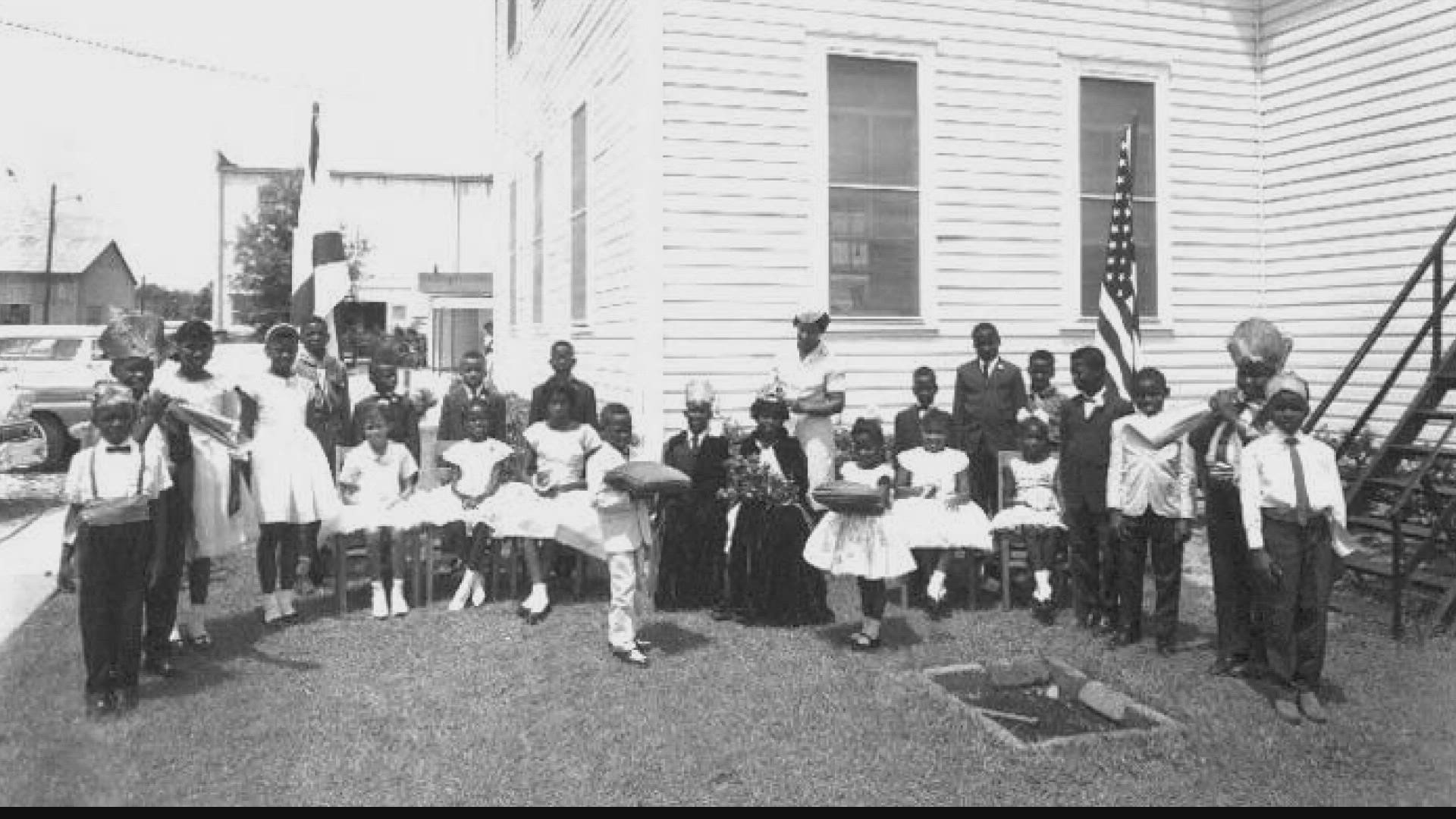TAMPA, Fla. — Guests at Friday's Café Con Tampa lecture series took a trip to the past for a better understanding of one of Hyde Park’s historic neighborhoods lost to time and destroyed by development.
“You can’t tell the story of Hyde Park without telling the story of Dobyville at the same time,” Tampa Bay History Center Historian Rodney Kite-Powell said.
Hyde Park is one of the most popular areas of Tampa, but Dobyville is often overlooked. It was a middle-class African American neighborhood that developed in the Hyde Park area in the late 1800s as the phosphate and railroad industries grew, and as white residents hired African Americans in their homes for domestic help.
“It's the story of how people overcame the adversity that was entrenched in segregation,” the historian said.
Kite-Powell says finding the boundaries of Dobyville took some work. He used city directories from the 1920s that made notes on if a resident was African American.
He says he took this information and looked at every street in Hyde Park until he was able to fill out a map of Dobyville. He concluded the area existed within the boundaries of Willow Avenue, Albany Avenue, Horatio Street and Fig Street.
Dobyville was home to several churches, businesses and a school until development led to the neighborhood’s demise. Part of the Selmon Expressway cuts through the main part of Dobyville.
“We can’t lose sight of what was originally there,” Kite-Powell said.
Dobyville’s namesake, Richard Doby, was a businessman who owned land throughout the city. He was the original owner of Zion Cemetery in Robles Park, where archaeologists recently detected hundreds of graves under public housing apartments, a towing lot and a neighboring business.
“There is so much of the African American history that is visually no longer seen,” the historian explained.

